Home > Library > History of forex > History of money
History of money
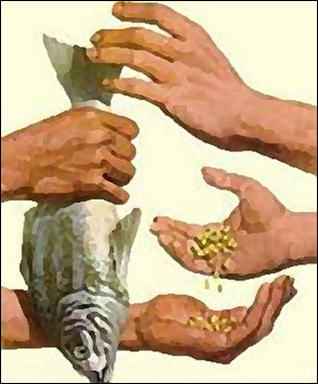
Barter (9,000 - 6,000 BC)
Since the beginning of humankind, somewhere around 9,000-6,000 BC, people used to exchange personal possessions of value for other goods. In other words they used barter.
Barter is the action or system of exchanging goods or services without using money (Dictionary.com). As time passed by and agriculture developed, people used crops as an exchange for goods, for example a kilo of oranges for a kilo of cherries.
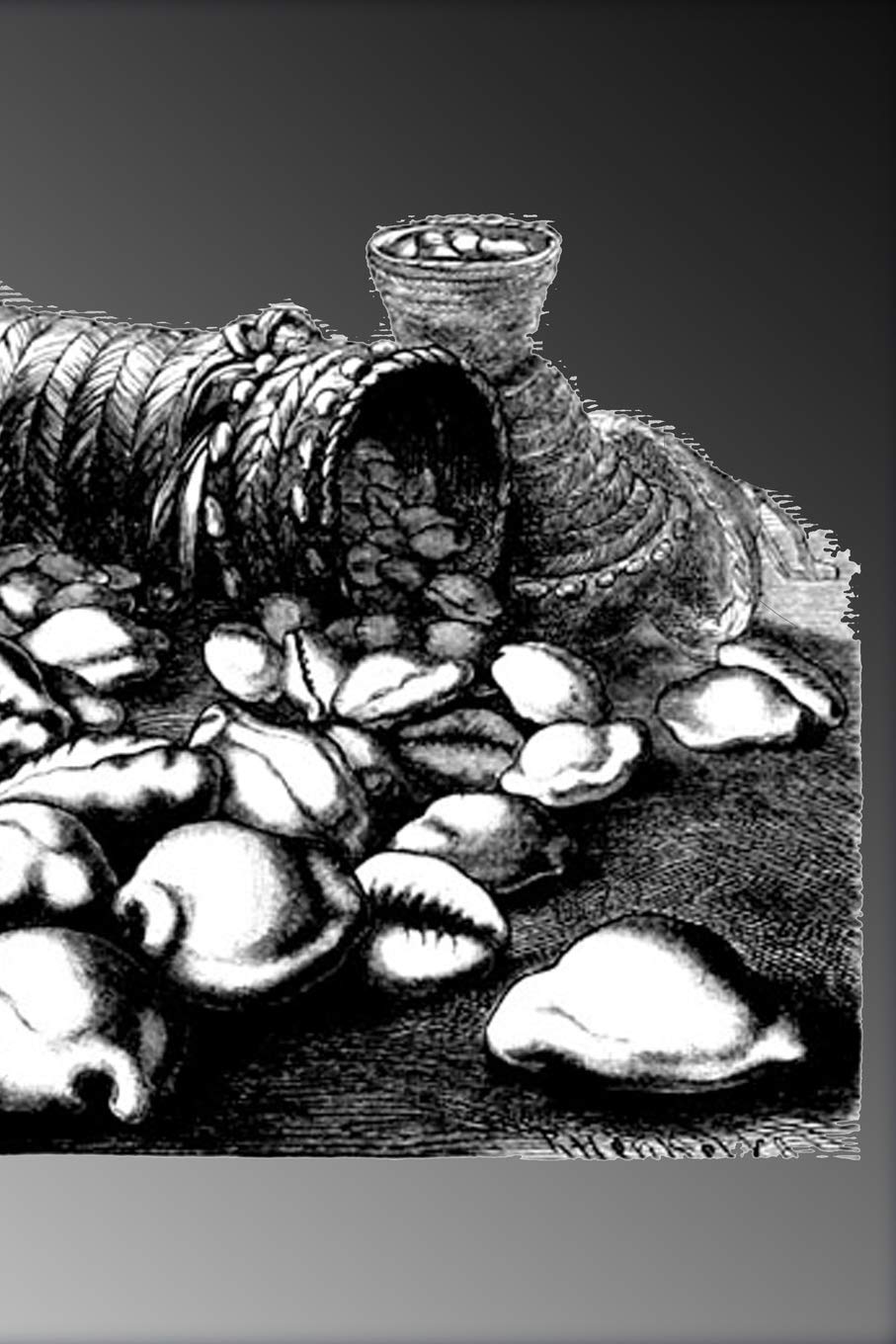
Shells (1,200 BC)
Moving forward in time, around 1,200 BC, people in China used cowry shells as a first medium of exchange and shells have been used as money up until the middle of our current century.
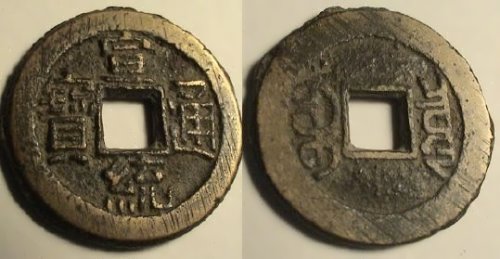
First metal money (1,000 BC)
At the end of the Stone Age around 1,000 BC, people in China developed the first metal currency. During that period metals were considered valuable and were used as money. It is from these models that people developed the concept of round coins that we use up to today.

Silver (500 BC)
At about 500 BC, silver pieces primarily found in Lydia, or present day Turkey, were used as coins and over time these silver coins were imported upon the Greek, Macedonian and Roman empires. Unlike the Chinese coins, these new coins were composed from valuable metals, such as Bronze, Gold and Silver.
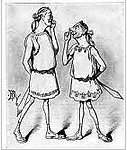
The nose
A rather unique method that was used for exchanging goods was found in Ireland where the Danes were cutting the noses of those who were careless in paying the Danish poll tax.

Leather currency (118 BC)
The first kind of paper money used by people was found in China in 118BC and these were in the form of leather money, usually made from deerskin.
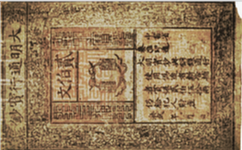
Paper currency (9-15 Century)
The first actual paper currency appeared in China between the 9th and 15th century. Due to the high amount of currency available caused severe inflation, leading to the eradication of paper currency from China.
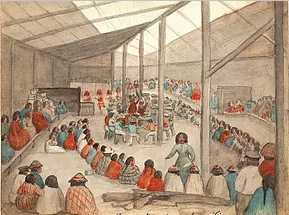
Potlach (1,500)
Around the 1500, it was identified that Indians that lived in North America, used to exchange gifts over meals, social events or rituals.
However this went out of control as the gifts became more exaggerated in order to outdo other gifts.
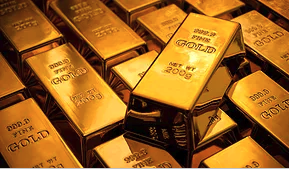
Gold standard (1816 - 1900)
During 1816, the value of gold got standardized in England, meaning that the value of its currency was fixed to a certain number of gold. This action helped to prevent currency inflations. Later, around the 1900, gold became standardized in the U.S as well.
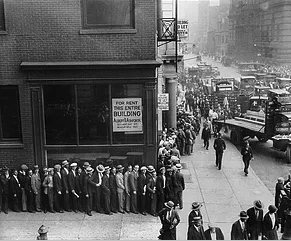
Depression (1930's)
During the Great Depression of the 1930’s, the U.S began a gold movement to stop attaching currency to gold. Today only few countries still tie the value of currency to the one of gold.
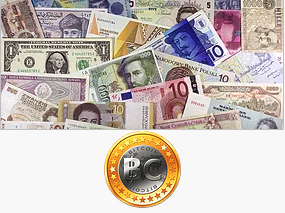
Today
Today countries still continue to change the currencies they use. Take the U.S as an example which changed its $100 and $200 banknotes.
As we speak, we are experiencing the future of money. The electronic money version is already being used over the internet showing to us that tomorrow is around the corner.


